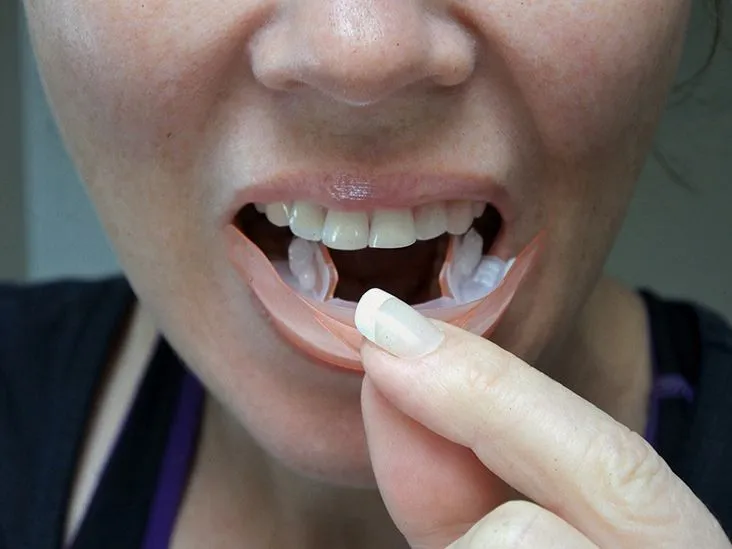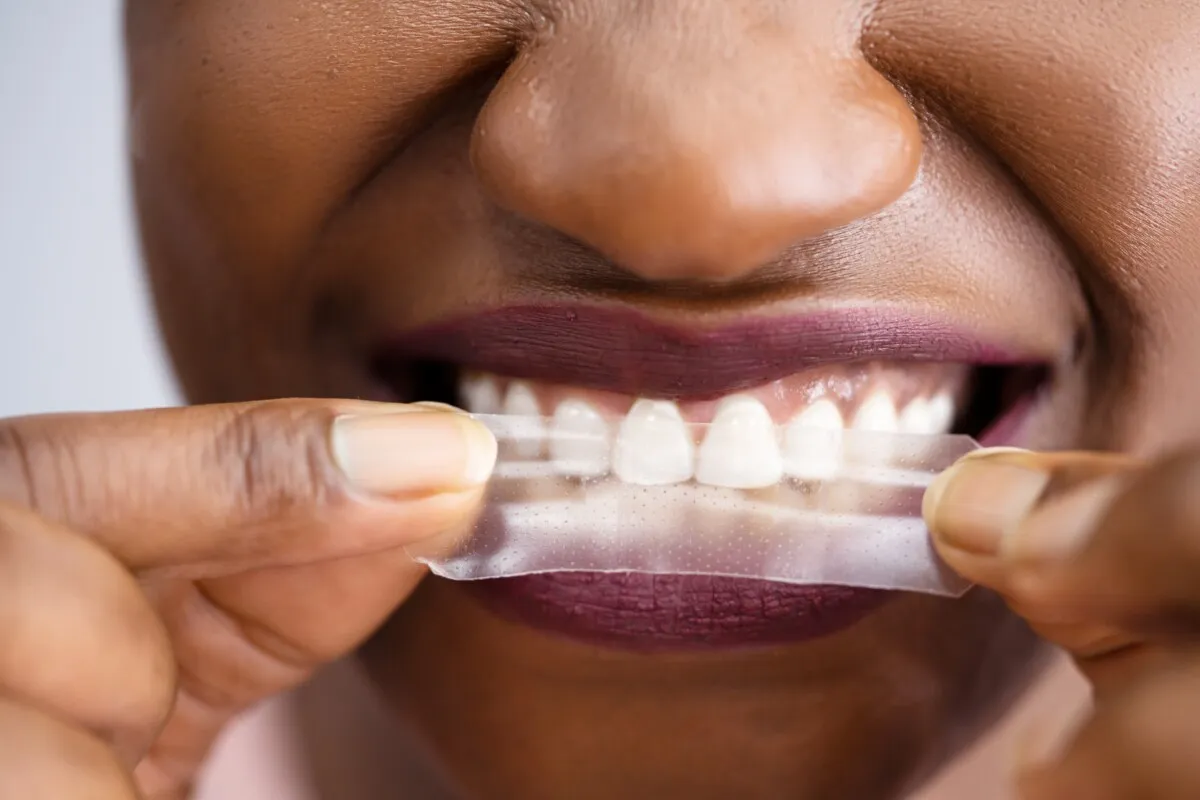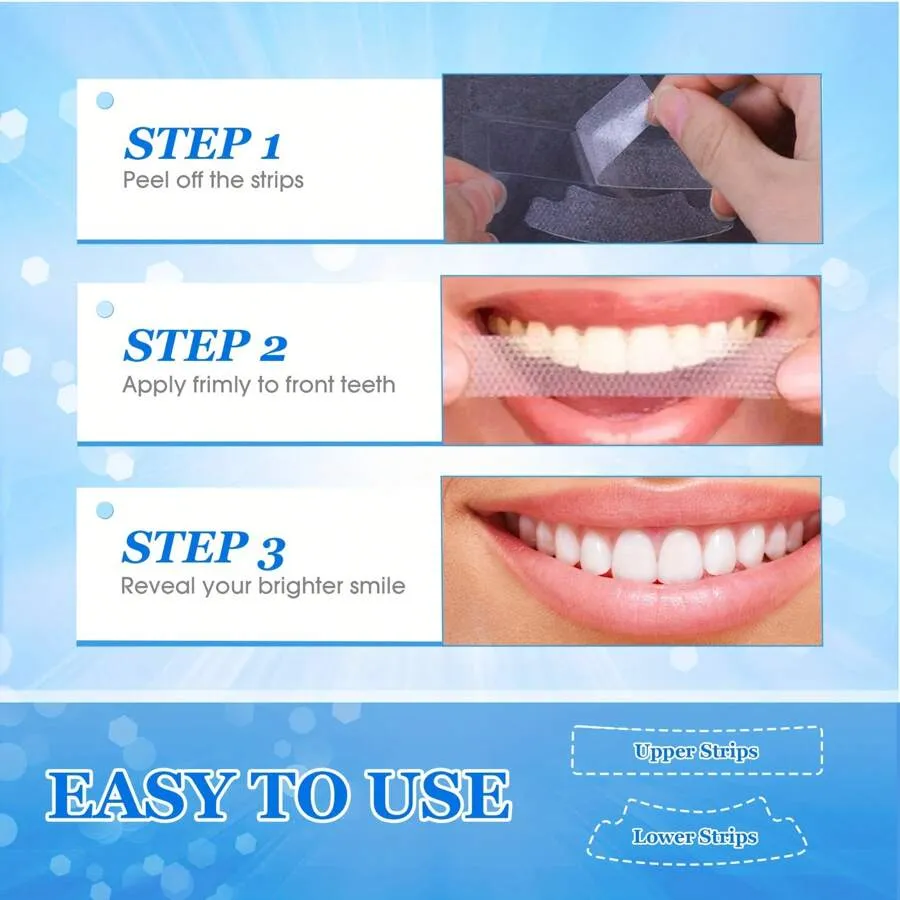The Impact of Smoking on Teeth
Smoking has a devastating impact on oral health, affecting not only the appearance of your teeth but also the overall health of your mouth. The chemicals in cigarettes, cigars, and other tobacco products can cause a range of problems, from simple cosmetic issues like staining to serious conditions such as gum disease and oral cancer. Understanding these effects is the first step toward protecting your smile and your health. If you’re a smoker, knowing these facts is crucial, and this article provides insights into the top five ways smoking damages your teeth and gums. Regular dental check-ups and professional cleaning are essential for smokers to maintain good oral health. Furthermore, explore the various options available to quit smoking.
Fact 1 Staining and Discoloration
One of the most immediate and visible effects of smoking is the staining of teeth. The tar and nicotine present in tobacco products leave behind yellow or brown stains on the enamel. Over time, these stains can become deeply embedded and difficult to remove, significantly affecting the brightness and appearance of your smile. The porous nature of tooth enamel allows these staining agents to penetrate and accumulate. Even with regular brushing, these stains can be tough to eliminate without professional intervention, such as teeth whitening treatments. Consider that the intensity of the staining often correlates with the frequency and duration of smoking. Whitening strips can help to some degree, but quitting smoking is the ultimate solution for preventing further discoloration.
How Smoking Causes Stains

When you smoke, the chemicals in tobacco come into direct contact with your teeth. These chemicals, particularly tar and nicotine, adhere to the tooth’s surface. Over time, they accumulate, creating a layer of discoloration. The heat from the smoke can also make the enamel more susceptible to staining. This combination of chemical exposure and heat accelerates the staining process. The initial yellowing can quickly progress to brown or even black stains. Regular use of tobacco products leads to more pronounced and resistant staining. This underscores the importance of quitting smoking to prevent further damage and improve the effectiveness of any teeth whitening efforts. Professional cleanings can help remove some surface stains.
Types of Stains
Stains caused by smoking can be categorized into two main types external and internal. External stains are those that affect the surface of the teeth. These stains are usually caused by the accumulation of tar and nicotine on the enamel. They appear as yellow, brown, or even black discolorations. Internal stains, on the other hand, penetrate the enamel and reach the dentin, the inner layer of the tooth. These stains are often more difficult to remove and may require professional teeth whitening treatments. The type of stain depends on the frequency and duration of smoking. The longer you smoke, the more likely you are to develop both external and internal stains. Regular dental check-ups can help identify the type of stains and determine the best course of treatment.
Fact 2 Increased Risk of Gum Disease
Smoking is a major risk factor for gum disease, also known as periodontal disease. This condition involves inflammation and infection of the gums, which can lead to the destruction of the soft tissue and bone that support your teeth. Smokers are significantly more likely to develop gum disease than non-smokers, and the severity of the disease often increases with the amount and duration of smoking. The chemicals in tobacco impair the normal function of gum tissue, making it more susceptible to infection. Also, smoking weakens the immune system, reducing your body’s ability to fight off the bacteria that cause gum disease. Regular dental check-ups are even more critical for smokers. Early detection and treatment of gum disease can prevent tooth loss and other serious health problems.
How Smoking Weakens Gums

Smoking has several detrimental effects on gum health. First, it reduces blood flow to the gums, depriving them of oxygen and essential nutrients needed for maintaining healthy tissue. This reduced blood flow also impairs the gums’ ability to heal. Second, smoking interferes with the normal function of the immune system, making it harder for your body to fight off bacterial infections in the gums. Third, the chemicals in tobacco damage the cells in the gums, making them more vulnerable to inflammation and infection. The combination of these factors significantly increases the risk of developing gum disease and accelerates its progression. Quitting smoking is one of the best things you can do to improve gum health. Proper oral hygiene, including regular brushing and flossing, is also crucial for maintaining healthy gums.
Consequences of Gum Disease
The consequences of gum disease can be severe and far-reaching. In its early stages, gum disease, or gingivitis, causes symptoms like red, swollen gums that bleed easily. If left untreated, gingivitis can progress to periodontitis, a more advanced form of gum disease. Periodontitis leads to the destruction of the bone and tissues that support your teeth, potentially causing tooth loss. Also, gum disease has been linked to other health problems, such as heart disease, diabetes, and respiratory infections. The bacteria from infected gums can enter the bloodstream and spread to other parts of the body, contributing to these systemic health issues. Regular dental check-ups and treatments can help manage gum disease. Quitting smoking is also crucial to help reverse the damage.
Fact 3 Accelerated Tooth Decay
Smoking increases the risk of tooth decay in several ways. The chemicals in tobacco can damage tooth enamel, making teeth more vulnerable to cavities. Also, smoking reduces saliva production, leading to a dry mouth. Saliva plays a vital role in protecting teeth from decay by neutralizing acids produced by bacteria and washing away food particles. Without adequate saliva, the risk of tooth decay increases. Additionally, smokers often experience increased plaque and tartar buildup, which further increases the risk of cavities. Regular dental check-ups and professional cleanings are especially important for smokers to monitor and address any signs of tooth decay early. Maintaining good oral hygiene is another critical step in preventing cavities and preserving your dental health. Consider this a key part of your overall wellness plan.
How Smoking Affects Saliva Production

Smoking significantly reduces saliva production, a condition known as dry mouth or xerostomia. Saliva is essential for maintaining oral health, as it helps to wash away food particles and neutralize the acids produced by bacteria in the mouth. When saliva production is reduced, the risk of tooth decay increases because the teeth are not adequately protected. Additionally, dry mouth can lead to bad breath, increased plaque buildup, and a higher risk of gum disease. Smokers often experience dry mouth due to the chemicals in tobacco and the heat from smoke. Staying hydrated and using products that stimulate saliva production, such as sugar-free gum or lozenges, can help combat the effects of dry mouth. However, the most effective solution is to quit smoking. Consult your dentist about strategies to manage dry mouth and improve your oral health.
The Role of Bacteria
Bacteria play a crucial role in the development of tooth decay. The mouth is home to various types of bacteria, some of which feed on sugars and starches from the food you eat. When these bacteria consume these carbohydrates, they produce acids that attack tooth enamel. Over time, these acids can erode the enamel, leading to cavities. Smoking creates an environment that encourages the growth of harmful bacteria in the mouth. The reduced saliva production, common in smokers, further exacerbates this problem, as saliva helps neutralize these acids and wash away bacteria. Regular brushing, flossing, and the use of antibacterial mouthwash can help control the bacterial population in your mouth. However, quitting smoking is the most effective way to reduce the risk of tooth decay. Professional cleanings can also help remove plaque and bacteria that contribute to tooth decay.
Fact 4 Delayed Wound Healing
Smoking impairs the body’s natural ability to heal, which can be a significant concern for dental procedures. The chemicals in tobacco constrict blood vessels, reducing blood flow to the surgical site. This decreased blood flow slows down the delivery of oxygen and nutrients necessary for healing. Also, smoking damages the cells involved in the healing process. As a result, smokers often experience delayed wound healing after dental extractions, implants, or other surgical procedures. This can lead to complications such as increased risk of infection, dry socket (after tooth extraction), and failure of dental implants. Quitting smoking before a dental procedure can greatly improve the chances of successful healing and reduce the risk of complications. Your dentist may recommend waiting a certain period before undertaking elective procedures.
Impact of Smoking on Healing Process

The healing process is a complex series of events that requires adequate blood flow, oxygen, and nutrients to the affected area. Smoking disrupts each of these critical components. Nicotine, a key component of tobacco, constricts blood vessels, reducing blood flow. This limits the amount of oxygen and nutrients delivered to the wound site, hindering the healing process. Carbon monoxide, another component of tobacco, interferes with the body’s ability to transport oxygen. Furthermore, smoking damages the cells responsible for tissue repair. The overall effect is a significantly delayed and compromised healing process. Therefore, smokers undergoing dental procedures face a higher risk of complications and longer recovery times. Proper preparation includes quitting smoking several weeks before any procedure, if possible.
Consequences for Dental Procedures
The delayed wound healing caused by smoking can have several negative consequences for dental procedures. After tooth extractions, smokers are more likely to experience dry socket, a painful condition where the blood clot in the extraction site fails to form or dissolves prematurely. This exposes the underlying bone and nerves, leading to significant pain. The success rate of dental implants is also considerably lower in smokers. The impaired healing process increases the risk of implant failure, as the bone may not integrate properly with the implant. Furthermore, smokers face a higher risk of infection after any surgical procedure. Quitting smoking before dental procedures can significantly improve the chances of a successful outcome. Consult with your dentist about ways to quit smoking to improve your oral health.
Fact 5 Increased Risk of Oral Cancer
Smoking is a leading cause of oral cancer, a potentially life-threatening disease that affects the mouth, lips, tongue, and throat. The chemicals in tobacco, including nicotine and other carcinogens, damage the cells in the mouth and throat. Over time, these damaged cells can mutate and develop into cancerous tumors. Smokers are significantly more likely to develop oral cancer than non-smokers, and the risk increases with the amount and duration of smoking. Early detection and treatment are critical for improving the chances of survival. Regular dental check-ups, including an oral cancer screening, are essential for detecting any suspicious signs early. Quitting smoking is the most effective way to reduce your risk of oral cancer. Consider this a vital step to overall wellness and longevity.
Smoking and Oral Cancer Link

The link between smoking and oral cancer is well-established. Tobacco smoke contains numerous carcinogens, substances that can cause cancer. When you smoke, these carcinogens come into direct contact with the tissues in your mouth and throat. Prolonged exposure to these chemicals damages the cells, leading to genetic mutations and the development of cancerous tumors. The risk of oral cancer increases with the amount and duration of smoking, as well as the age at which you start smoking. Combining smoking with excessive alcohol consumption further increases the risk. The good news is that quitting smoking can significantly reduce your risk of developing oral cancer. Regular oral cancer screenings can help to detect any signs early, improving the chances of successful treatment.
Early Detection and Prevention
Early detection is crucial for the successful treatment of oral cancer. Regular dental check-ups, which include an oral cancer screening, can help detect any suspicious changes in the mouth. During an exam, your dentist will look for any sores, lumps, or areas of discoloration that may indicate cancer. If any abnormalities are found, a biopsy may be performed to confirm the diagnosis. Aside from quitting smoking, there are other steps you can take to reduce your risk of oral cancer. Limiting alcohol consumption, practicing good oral hygiene, and eating a healthy diet rich in fruits and vegetables can all help. Avoid the use of other tobacco products, such as chewing tobacco. Be sure to perform regular self-exams, checking for any changes in your mouth. If you notice any unusual symptoms, consult your dentist or doctor immediately.
